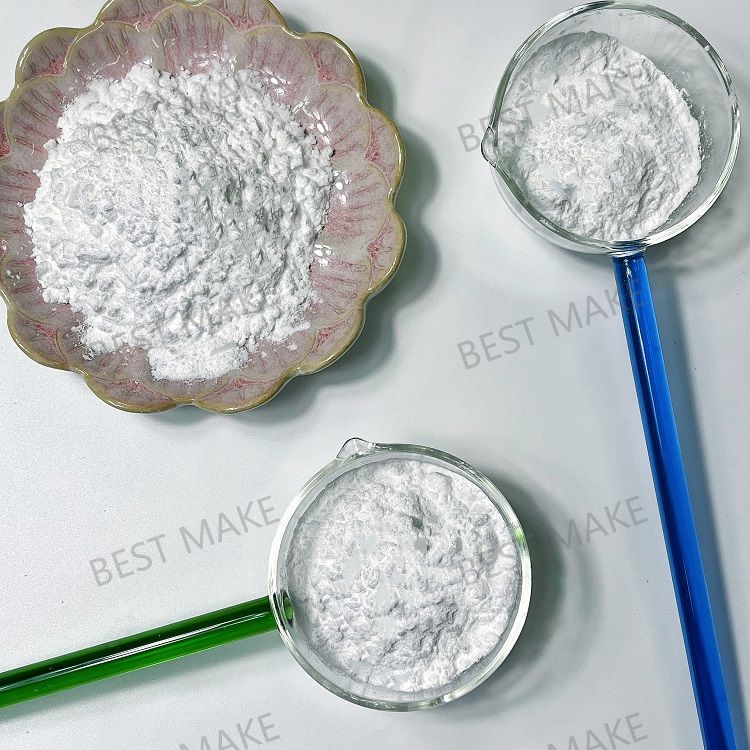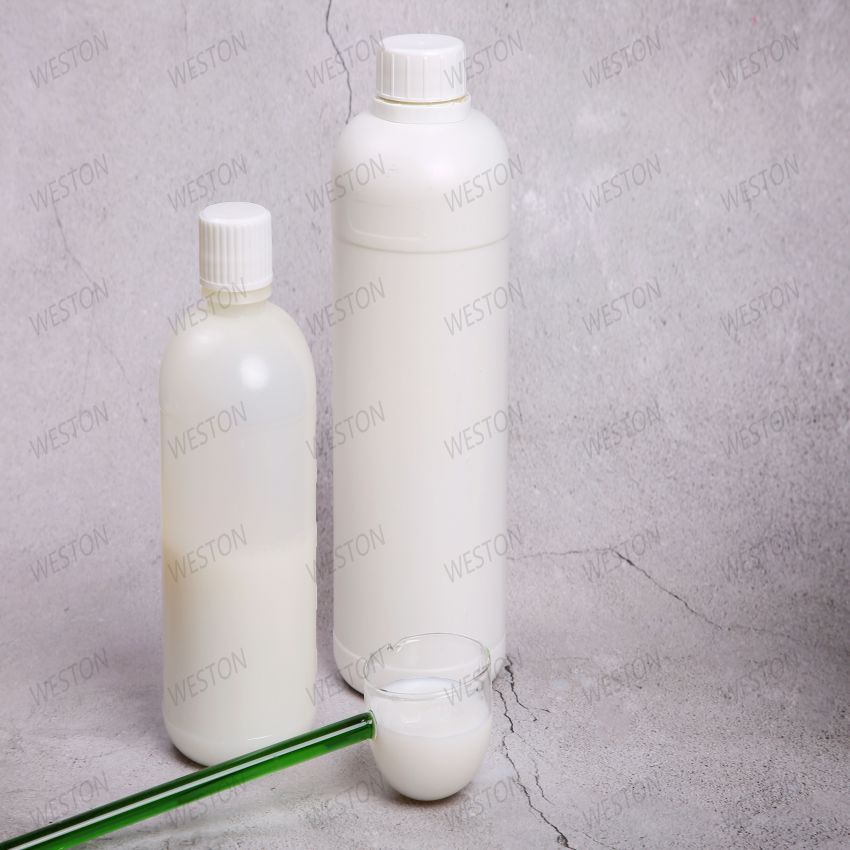-
Categories
-
Pharmaceutical Intermediates
-
Active Pharmaceutical Ingredients
-
Food Additives
- Industrial Coatings
- Agrochemicals
- Dyes and Pigments
- Surfactant
- Flavors and Fragrances
- Chemical Reagents
- Catalyst and Auxiliary
- Natural Products
- Inorganic Chemistry
-
Organic Chemistry
-
Biochemical Engineering
- Analytical Chemistry
- Cosmetic Ingredient
-
Pharmaceutical Intermediates
Promotion
ECHEMI Mall
Wholesale
Weekly Price
Exhibition
News
-
Trade Service
Xanthan gum
[Structural formula]
Figure 3-12 Molecular structure of xanthan gum
[Physical and chemical properties] Xanthic gum, also known as rhodicareS, is a kind of biopolymer polysaccharide extracted from the fermentation of sugar by microorganisms of the genus Xanthomonas campestris
Xanthan gum is a white or beige powder with a slight sweet orange smell.
Xanthan gum is an anionic polyelectrolyte, soluble in cold water and hot water, but insoluble in most organic solvents
[Preparation method] 1.
① Fermentation uses corn starch as raw material and Xanthomonas black rot in cabbage NK-01 bacteria beads as the producing bacteria.
②Extract from the xanthan gum fermentation broth and add isopropanol to precipitate it, and then separate, dry, grind and sieving to obtain a light yellow powder product
Xanthan gum produces different precipitates in different alcohols.
[Application] Xanthan gum is mainly used in petroleum, food and other industries
(1) Petroleum industry
For tertiary oil recovery in oil wells, xanthan gum is the first polymer for polymer-driven oil recovery
In the drilling process, a large amount of chemically modified mud is needed to balance the ground pressure, prevent blowout, protect the well wall, and prevent sticking
In recent years, China has also begun to use xanthan gum in some high-salt oil fields, such as Zhongyuan Oilfield, Henan Oilfield, and Bohai Oilfield
(2) Food industry
In the food industry, xanthan gum is used as a multi-purpose stabilizer, thickener and processing aid, and is widely used in canned, bottled food, bread, dairy products, frozen food, beverages, brewing, candy, cakes, soups, meat products and the like
(3) Other industries
In the cosmetics and washing industry, xanthan gum is mainly used to formulate toothpaste, shampoo, hair styling agent, hair dye, etc.
Further, xanthan gum still mining, glass-lined, pharmaceutical, paper, photographs, video tapes, construction, gravity separation, hydrometallurgy, explosives, metal surface treatment, photolithography, and other aspects of tobacco also can be widely applied
Related Links: Modified Starch Flocculant-Modification of Copolymer







